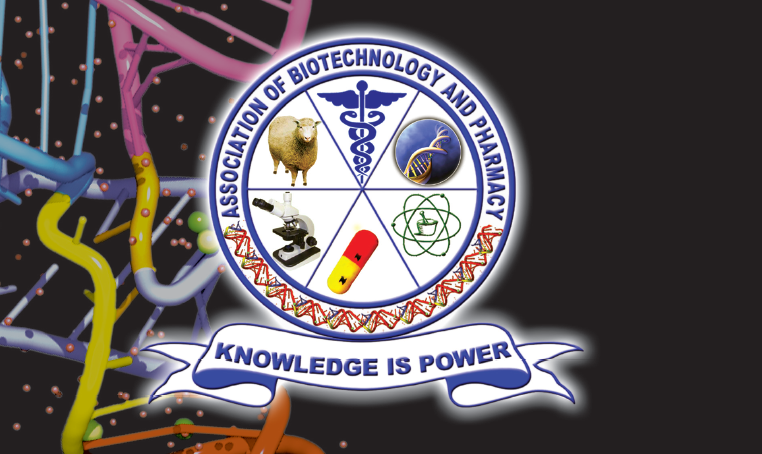Advances in SMA: Genetic Insights, Prevalence in GCC, and Emerging Therapeutic Approaches
DOI:
https://doi.org/10.5530/ctbp.2024.4.51Keywords:
SMA, SMN1, SMN2, Risdiplam, Onasemnogene Abeparvovec, NusinersenAbstract
SMA is a neurodegenerative autosomal recessive disorder characterized by progressive degeneration of motor neurons of the spinal cord, leading to muscle weakness and early mortality. SMA can be divided into four types, extending from severe infantile-onset type I to milder forms that appear later in life, such as types II, III, and IV. The GCC countries have an unusually high prevalence of SMA, largely due to the high rate of consanguineous marriages, a situation that increases the risk of inheritance of autosomal recessive conditions. Genetic predisposition to SMA is due to mutations in the Survival Motor Neuron gene occurring in two almost identical copies, SMN1 and SMN2. The severity of this disease is correlated with the number of functional copies of these genes; however, SMN2 is also capable of playing a very critical compensatory role. The more the number of copies of SMN2 one has, the milder the forms of the disease. Molecular screening techniques such as genetic testing and carrier screening are very essential in this regard for early diagnosis and management of SMA. This orphan disease has several FDA- and EMAapproved treatment options for SMA, including Nusinersen, Onasemnogene abeparvovec, and Risdiplam. Results with these treatments are very promising and show improved motor function and survival in the affected patients. The present review outlines current developments in research and treatment of the disease, drawing attention to the high prevalence of the condition in GCC countries and also to the contribution that genetic screening, combined with the emerging therapies, can have in managing this devastating disorder.



